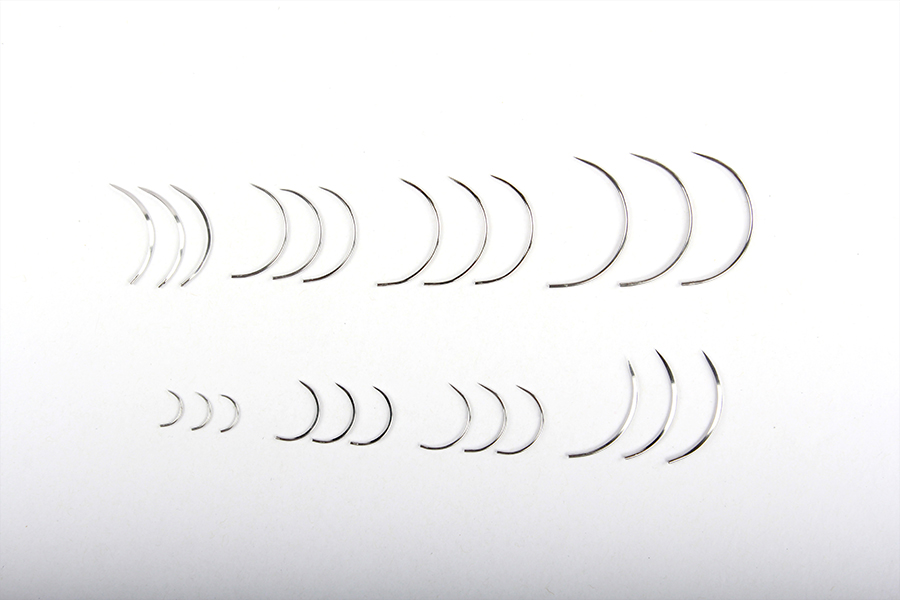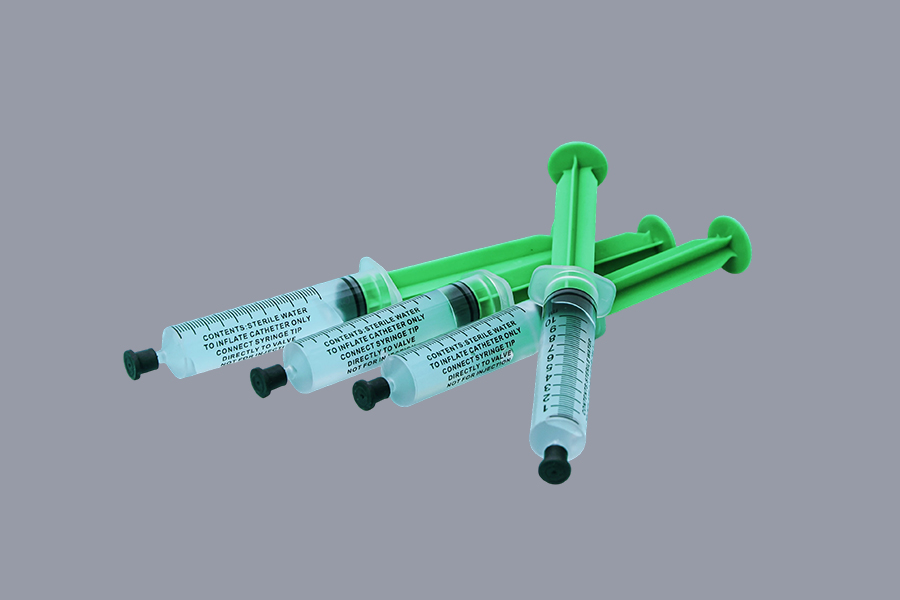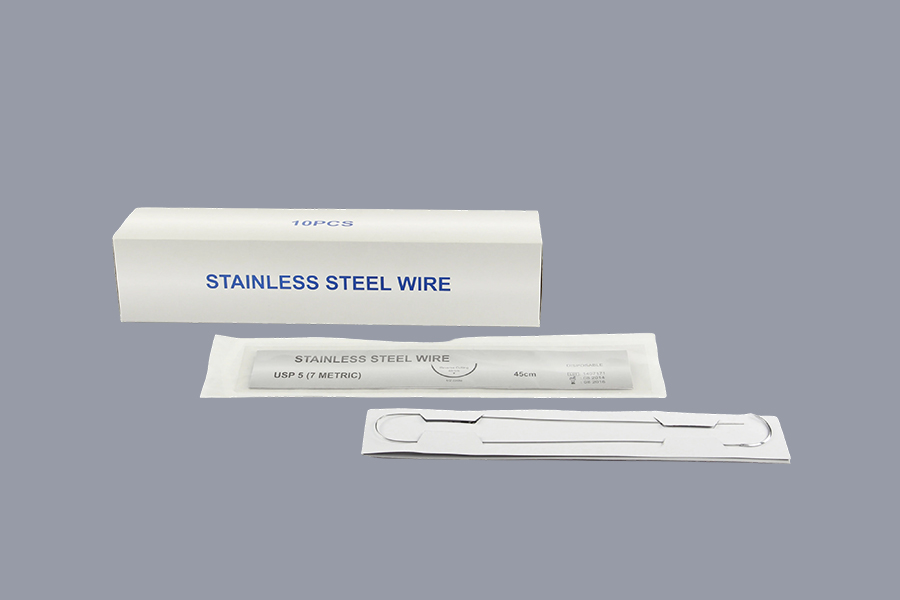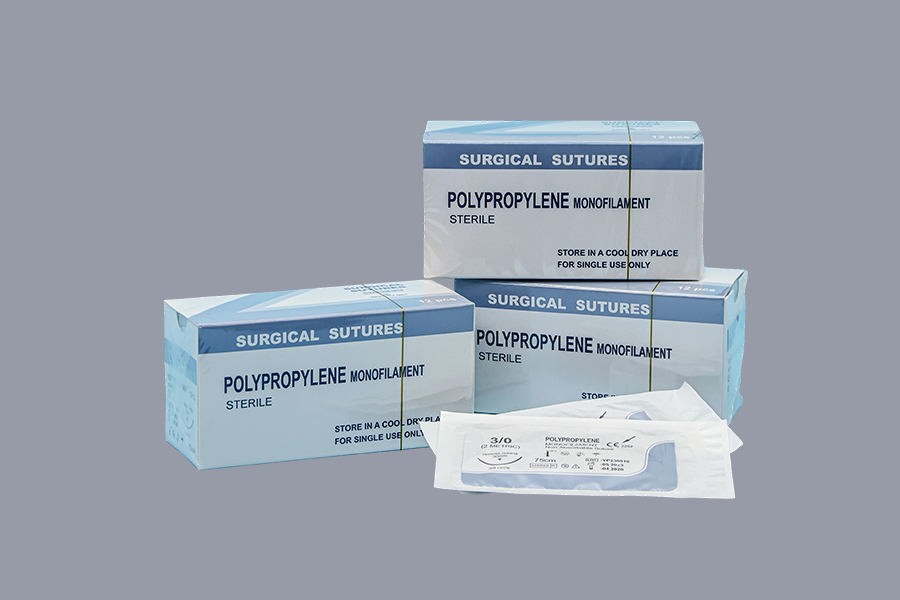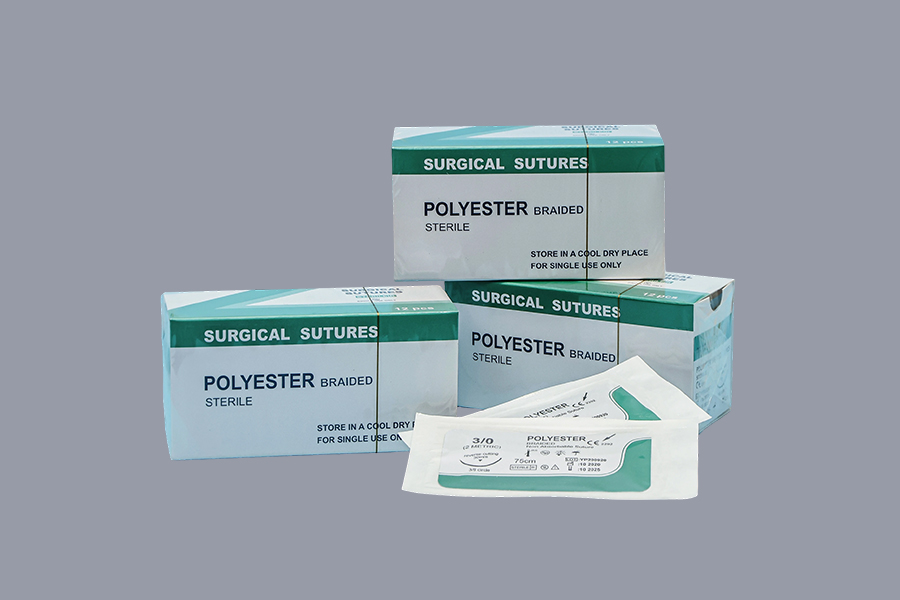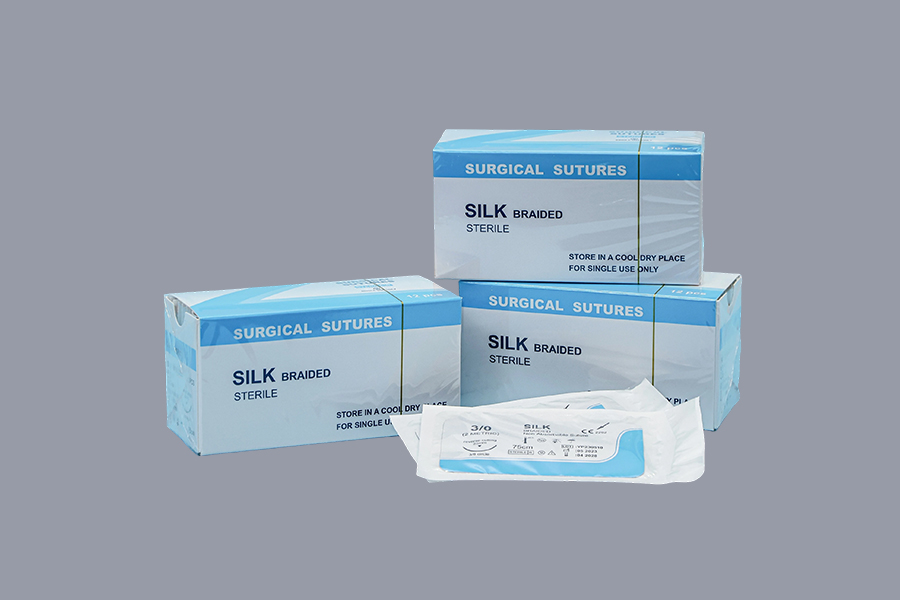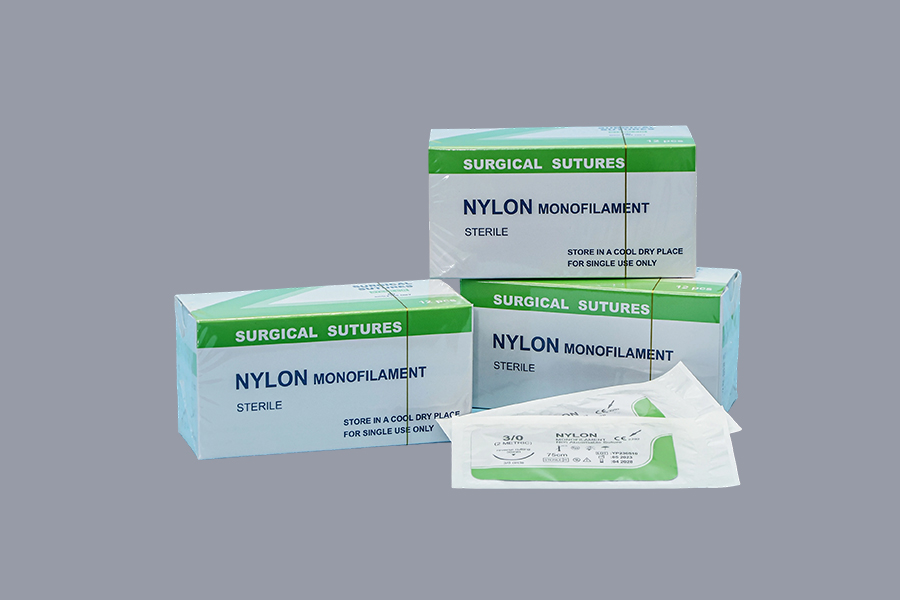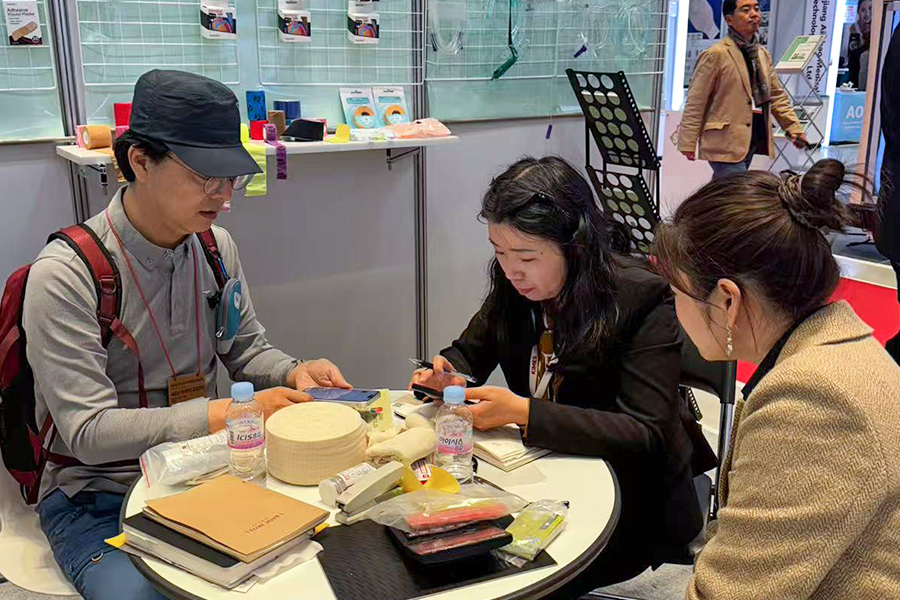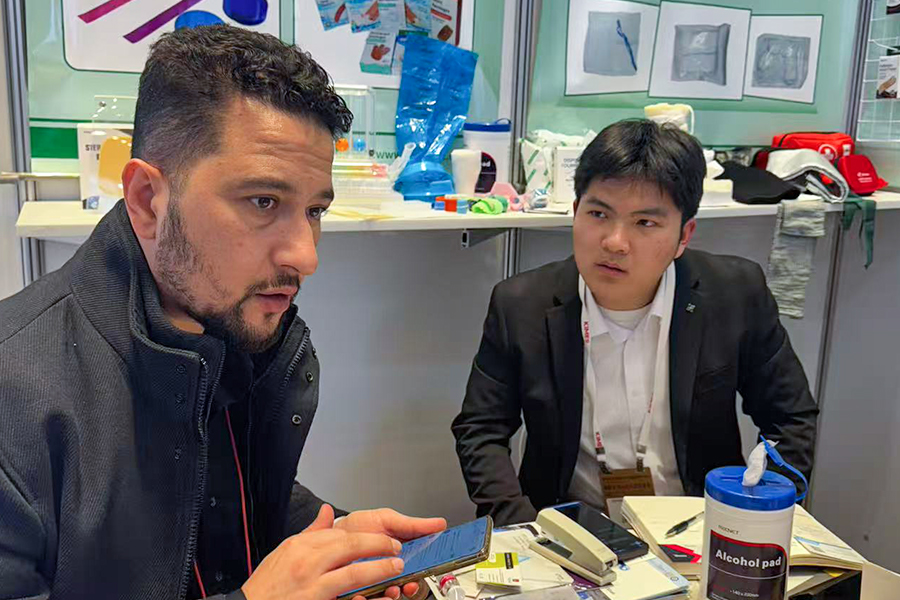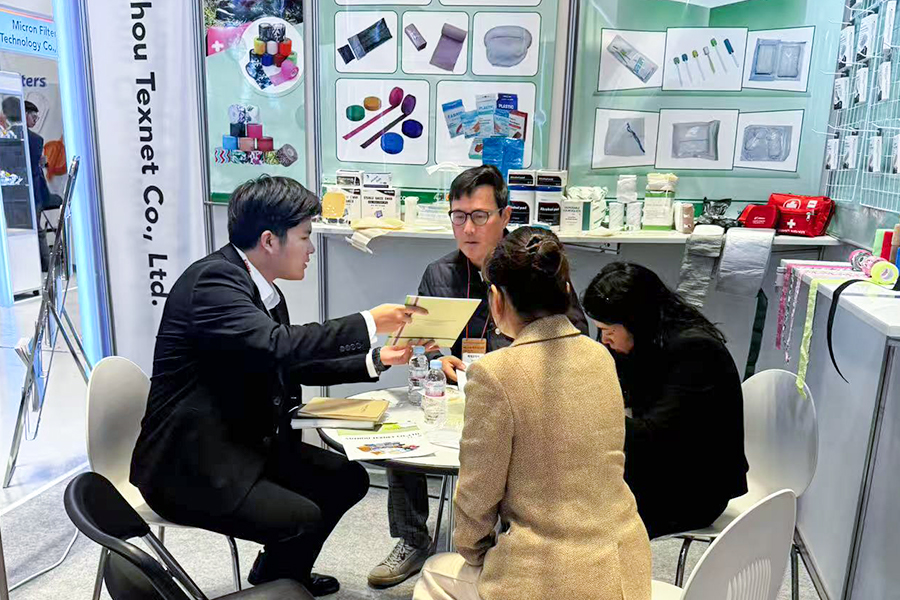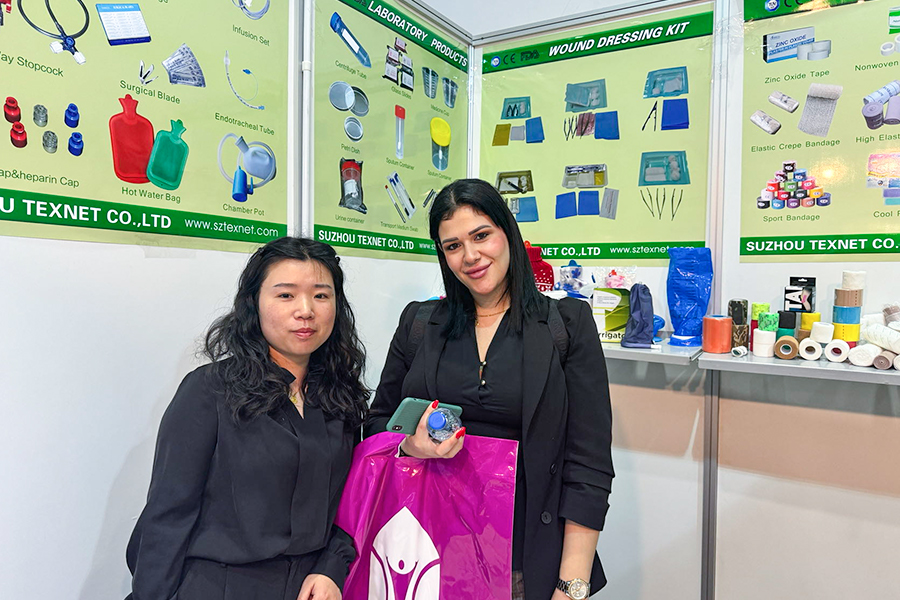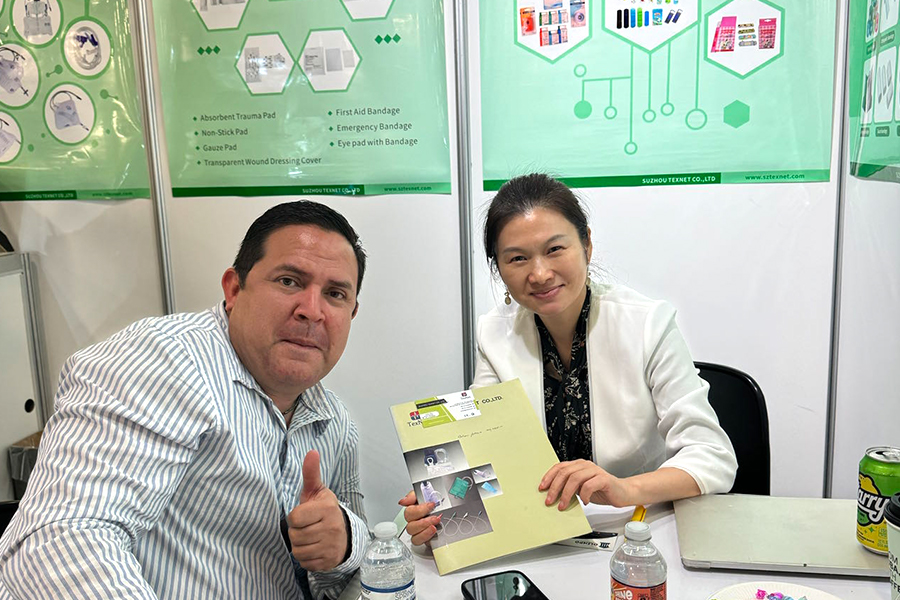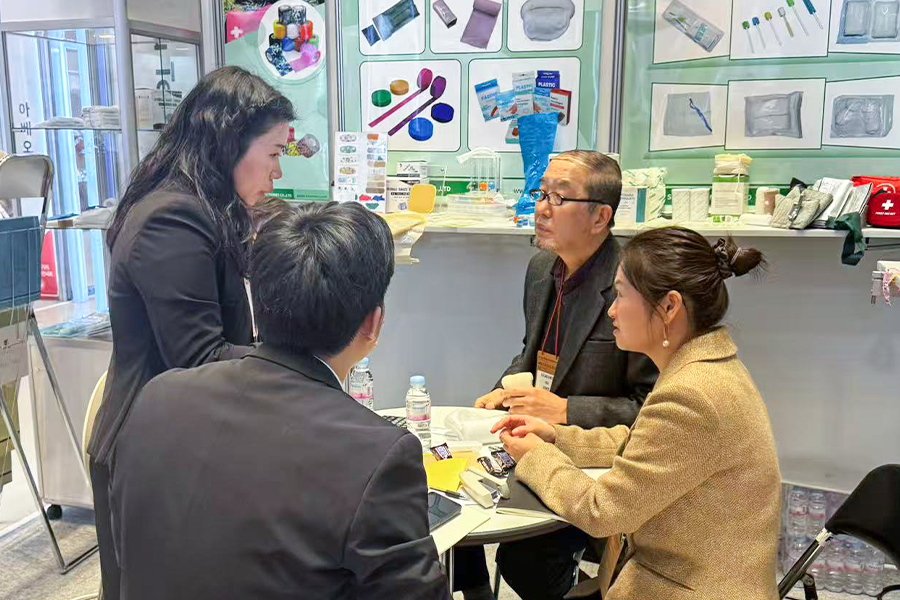
- Bandages
- Medical Tapes
- Cotton Products
- PPE Products
- Urology&Feeding Products
- Gauzes
- Procedure Kits&Dressings
- Catheters
- Surgery&Nursing
- Surgical Instruments
- Surgical Sutures
- Surgical Needles
- Surgical Blades
- Blood lancets
- Electrosurgical Pencils
- ECG
- Nasal cannulas
- Oxygen masks
- Nebulizer masks
- Venturi masks
- Spirometer
- Syringes
- Infusion sets
- IV cannulas
- Sharp boxes
- Three way Stopcocks
- Heparin caps
- Forceps
- Guedel Airways
- Light covers
- Tourniquet covers
- Lurbricant Jelly
- Lab Consumables
- Oral Care&Cleaning Products
- Sports Support
Observation Tips in OR Surgery: A Deep Guide
Observing a surgical procedure is an invaluable opportunity for medical students, nursing staff, or healthcare professionals in training. The operating room (OR) is not just a place where surgical interventions occur—it is also a learning environment where precision, discipline, and teamwork are on full display. To gain the most from your observation while maintaining professionalism, it’s crucial to know what to expect and how to conduct yourself.
1. Preparation Before Entering the OR
Learn the Basics: Review the surgical procedure you will observe. Understanding the anatomy, indications, and potential complications allows you to follow the operation more effectively.
Dress Appropriately: Follow the hospital’s OR attire requirements (scrubs, surgical cap, mask, shoe covers, and sometimes lead aprons for imaging-guided surgeries).
Maintain Hygiene: Follow strict hand hygiene and infection control rules. Even if you’re only observing, you’re part of the sterile environment.
2. Professional Behavior in the OR
Respect Sterile Zones: Never touch or lean over sterile fields. Keep a safe distance from the instrument table, scrubbed staff, and the surgical field.
Minimize Disruptions: Silence your phone, avoid unnecessary conversation, and never interrupt unless spoken to. Observers should blend in seamlessly with the surgical team’s workflow.
Ask Questions at the Right Time: Surgeons often welcome curiosity, but timing matters. Wait until after the procedure or when the surgeon indicates that questions are welcome.
3. Maximizing Learning During Surgery
Focus on Technique: Pay attention to hand positioning, instrument handling, suturing methods, and teamwork. These are transferable skills across specialties.
Watch Communication Dynamics: Notice how surgeons, anesthesiologists, and nurses coordinate. The OR is as much about teamwork as it is about technical skill.
Take Mental (or Written) Notes: If permitted, jot down observations immediately after leaving the OR. These notes help reinforce learning for future clinical practice.
4. Building a Professional Mindset
Be Humble and Grateful: Recognize that observing surgery is a privilege granted by both the surgical team and the patient.
Maintain Patient Privacy: Never share identifiable details outside of the educational context. Respect for confidentiality is paramount.
Adopt the Observer’s Role: Your main purpose is to learn, not to participate or interfere. Showing attentiveness and discipline builds trust with the surgical team.
5. After the Observation
Reflect and Review: Think about what stood out—surgical techniques, decision-making, or team coordination.
Seek Feedback: If possible, ask the surgeon or a supervising staff member how you might improve as an observer or trainee.
Connect Learning to Future Practice: Apply the lessons learned to future cases, whether in the OR or clinical settings.
Conclusion
Observing surgery in the OR is far more than standing in the background—it is an active learning experience that requires preparation, attentiveness, and respect. By entering the operating room with humility, curiosity, and professionalism, observers can gain insights that will shape their medical careers while upholding the integrity of the surgical environment.
-
Medical Isolation Gowns: Es...
Introduction to Medical Isolation Gowns Medical isolation gowns are protective garments worn by healthcare professionals to prevent the spread of infections. These gowns are a crucial part of personal protective equipment (PPE) used in hospitals, clinics, and other healthcare environments. Designed ...
-
Types of Surgical Drapes Ex...
Surgical drapes are a critical component of operative infection control and workflow. This article focuses specifically on the different types of surgical drapes, their construction, clinical uses, and practical selection and handling guidance so perioperative teams can choose and use drapes that re...
Copyright © SUZHOU TEXNET CO., LTD.


 English
English Français
Français Español
Español Português
Português عربى
عربى